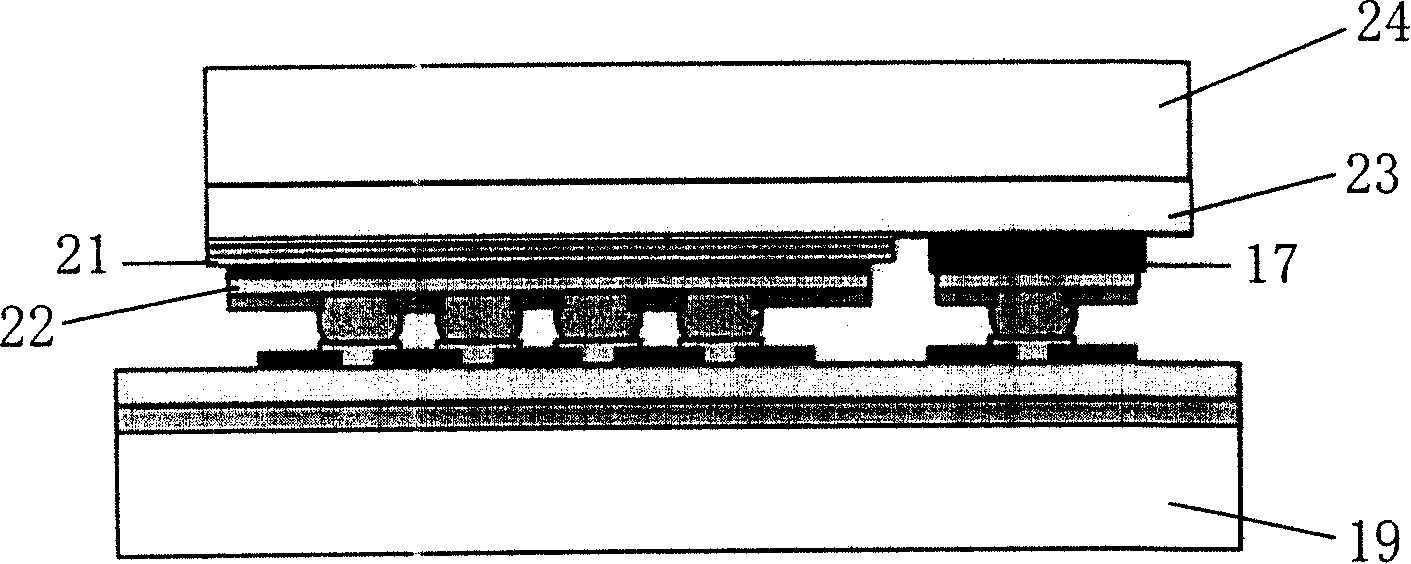Method for improving luminance brightness of chip at the axial direction
An axial, photometric technology, applied in electrical components, circuits, semiconductor devices, etc., to solve problems such as limiting photons
- Summary
- Abstract
- Description
- Claims
- Application Information
AI Technical Summary
Problems solved by technology
Method used
Image
Examples
Embodiment Construction
[0014] Please see attached Figure 4 Shown in (a) to (e), the present invention will be further described below in conjunction with the accompanying drawings and embodiments.
[0015] first reference Figure 4 (a), depositing a layer of nickel (Ni) metal 42 with a thickness between 1 and 50 nanometers on the surface of the sapphire substrate 41;
[0016] followed by Figure 4 (b), perform rapid annealing at a temperature of 600-900 degrees Celsius for 30-300 seconds, at this time, the nickel metal 42 will form a small ball with a diameter of about 200-400 nanometers, which is used as a mask;
[0017] exist Figure 4 In (c), use an inductively coupled reactive ion etcher (ICP-RIE) to selectively etch the surface of the sapphire substrate with reactive gases (such as chlorine, boron trichloride, and methane) to achieve surface roughening , the etching depth is generally around 100~500nm
[0018] Figure 4 (d), nickel metal 42 is etched clean with chemical solution;
[001...
PUM
 Login to View More
Login to View More Abstract
Description
Claims
Application Information
 Login to View More
Login to View More - R&D
- Intellectual Property
- Life Sciences
- Materials
- Tech Scout
- Unparalleled Data Quality
- Higher Quality Content
- 60% Fewer Hallucinations
Browse by: Latest US Patents, China's latest patents, Technical Efficacy Thesaurus, Application Domain, Technology Topic, Popular Technical Reports.
© 2025 PatSnap. All rights reserved.Legal|Privacy policy|Modern Slavery Act Transparency Statement|Sitemap|About US| Contact US: help@patsnap.com



